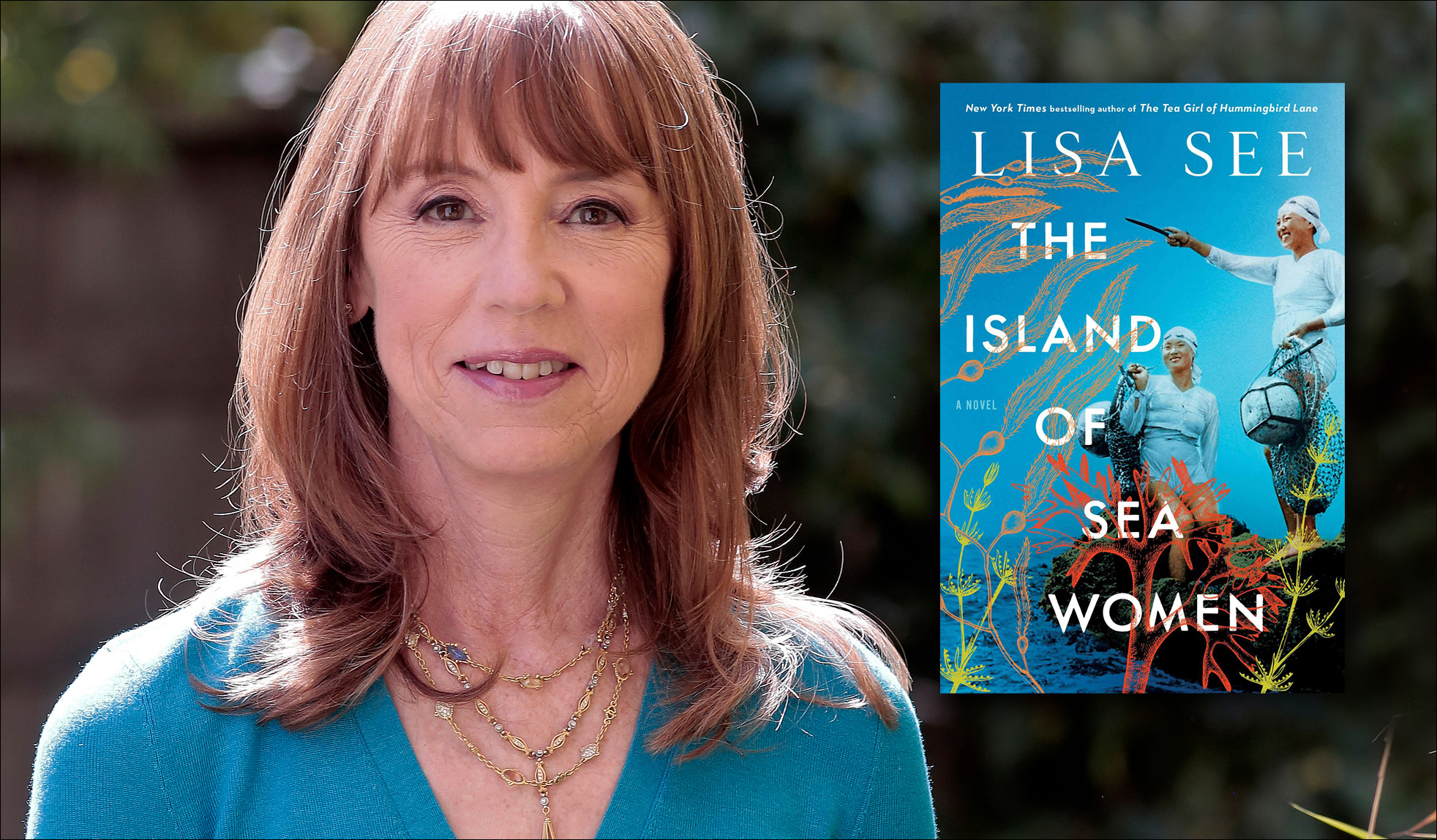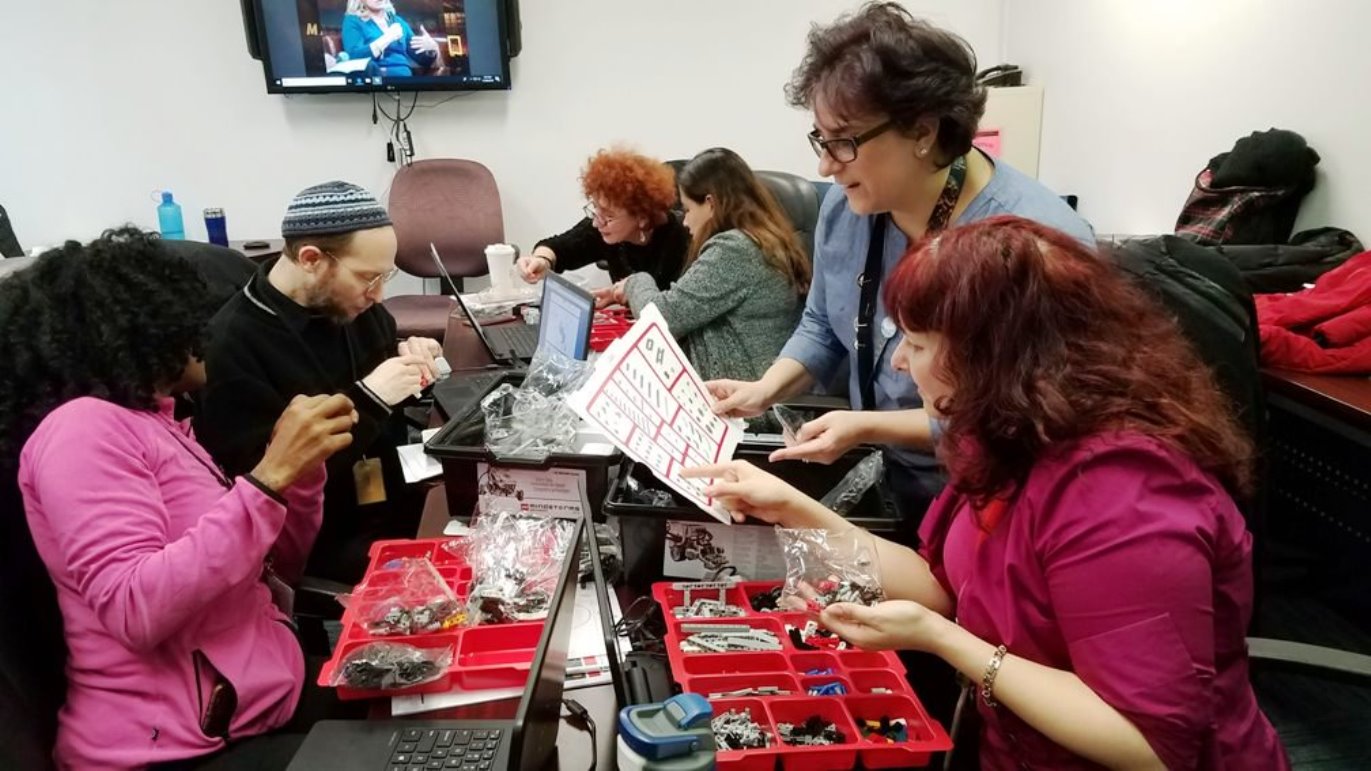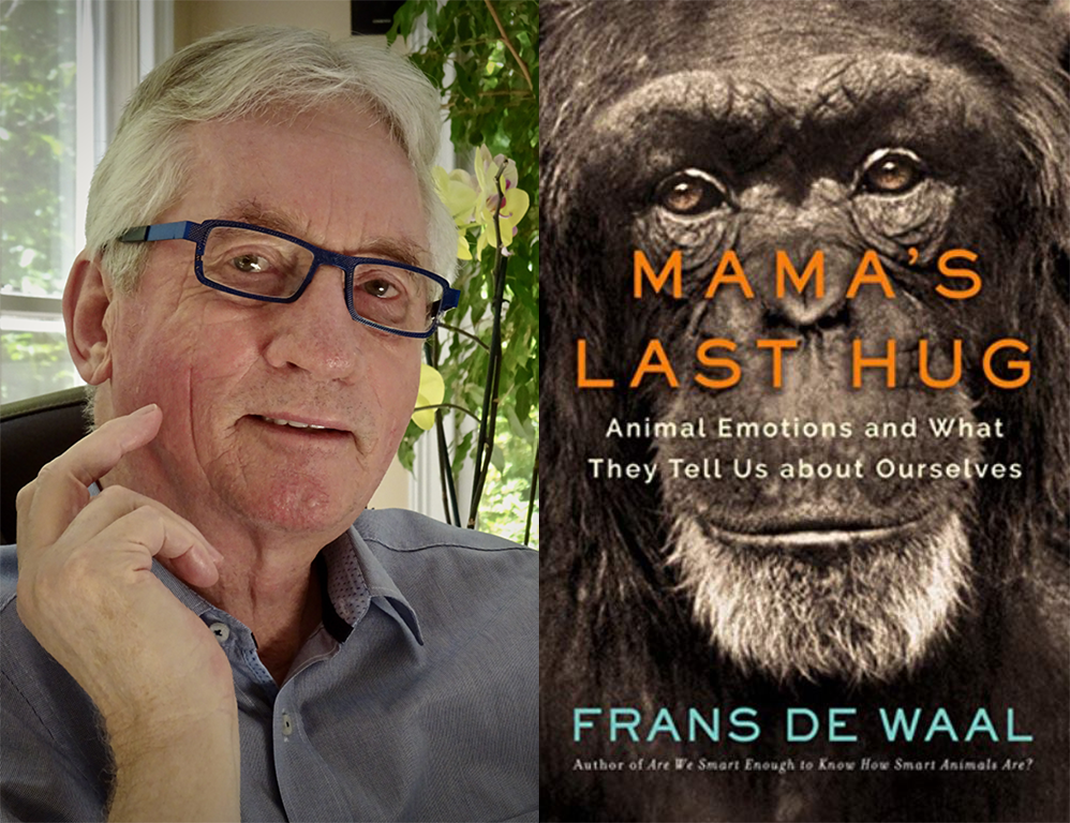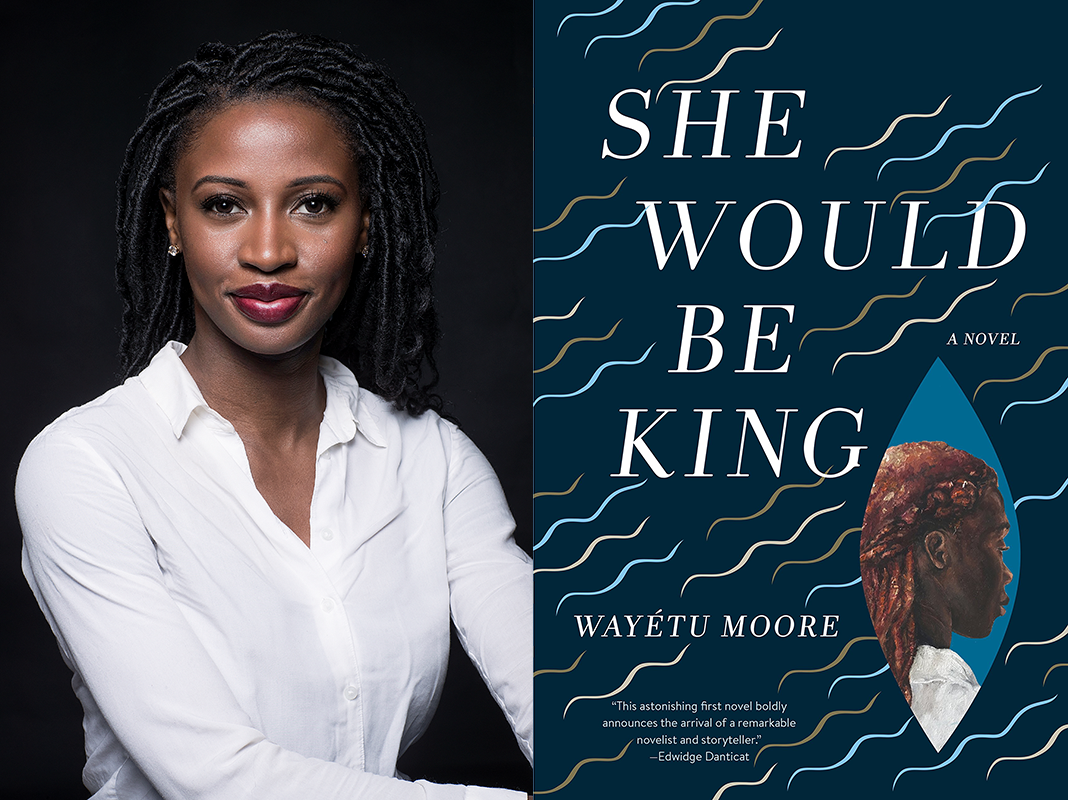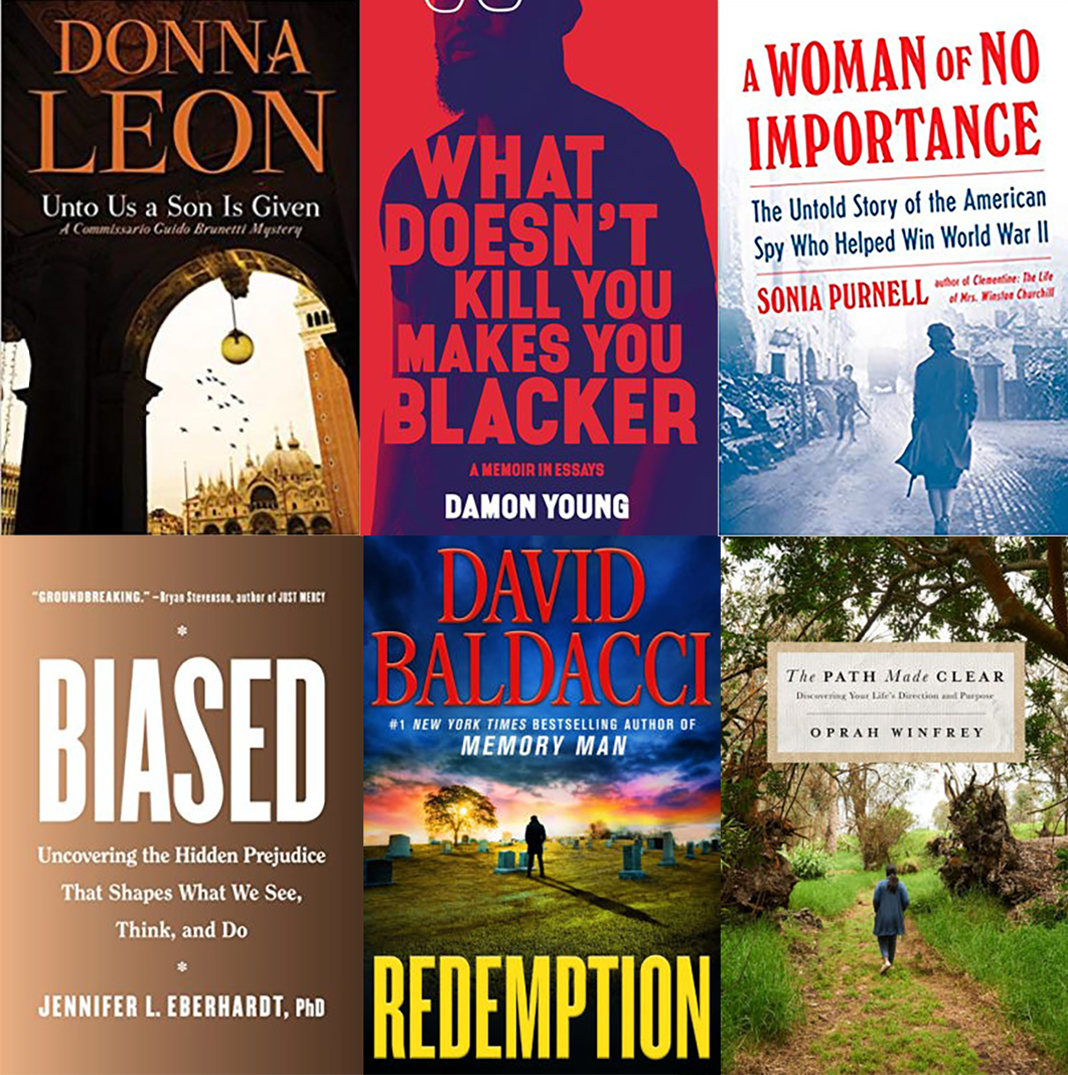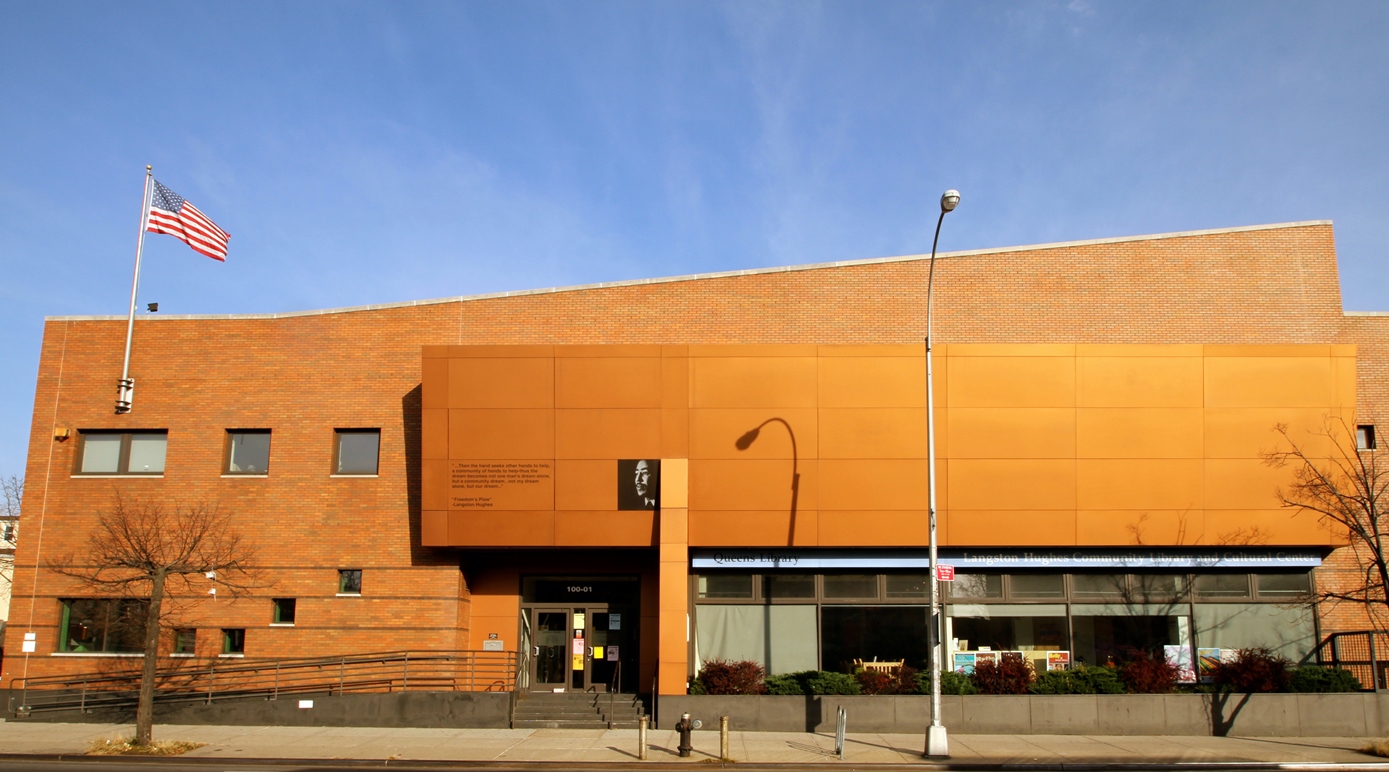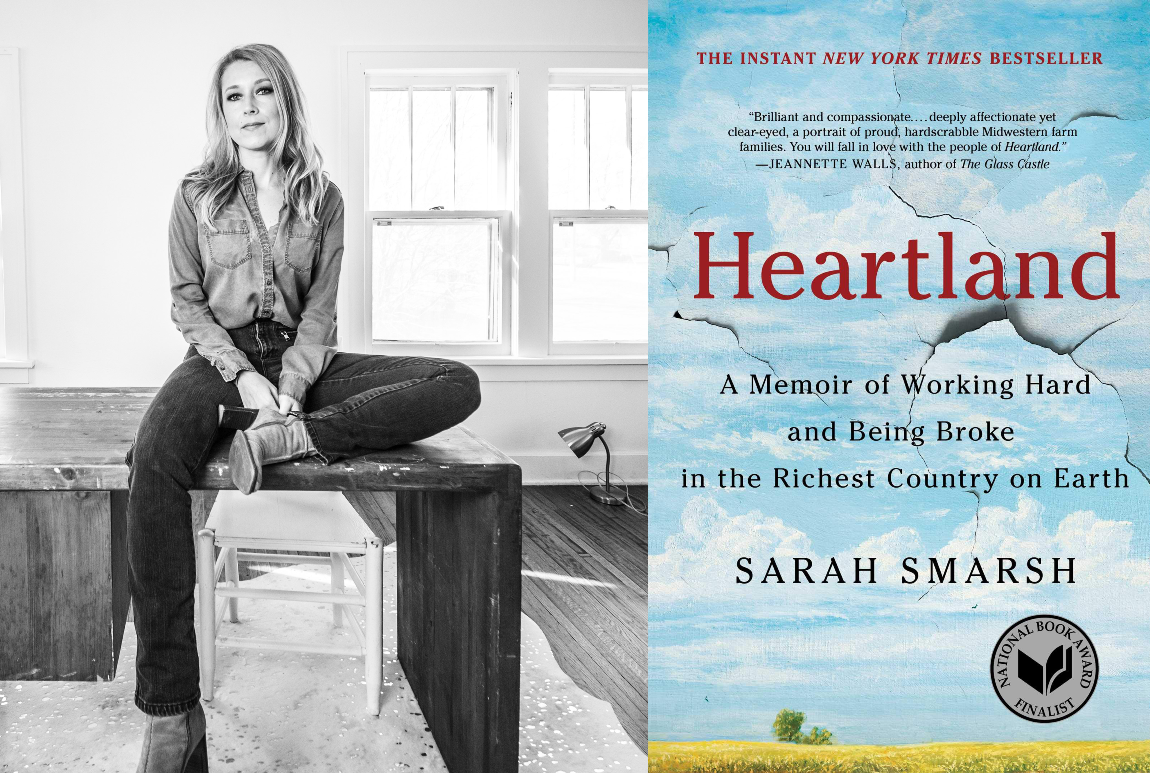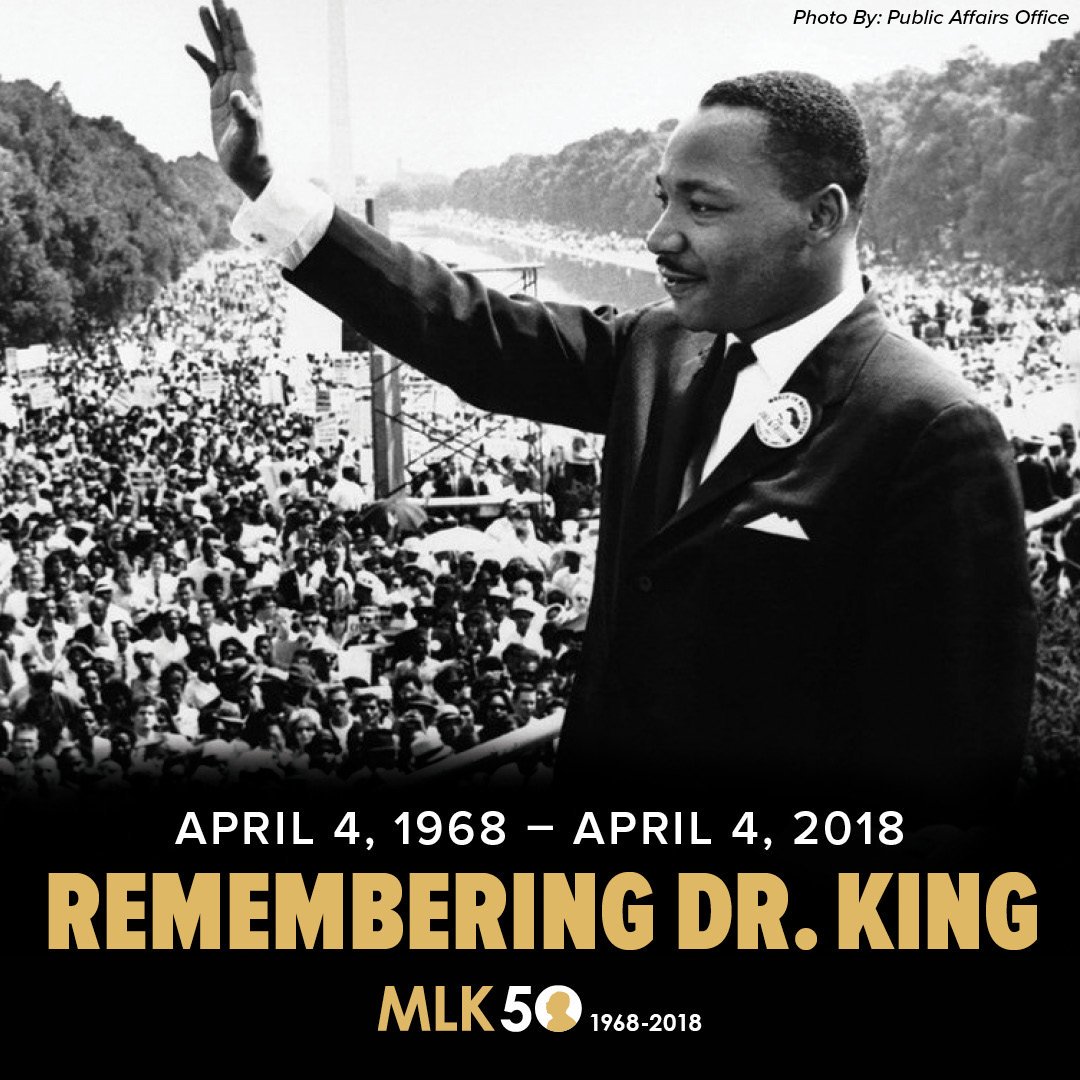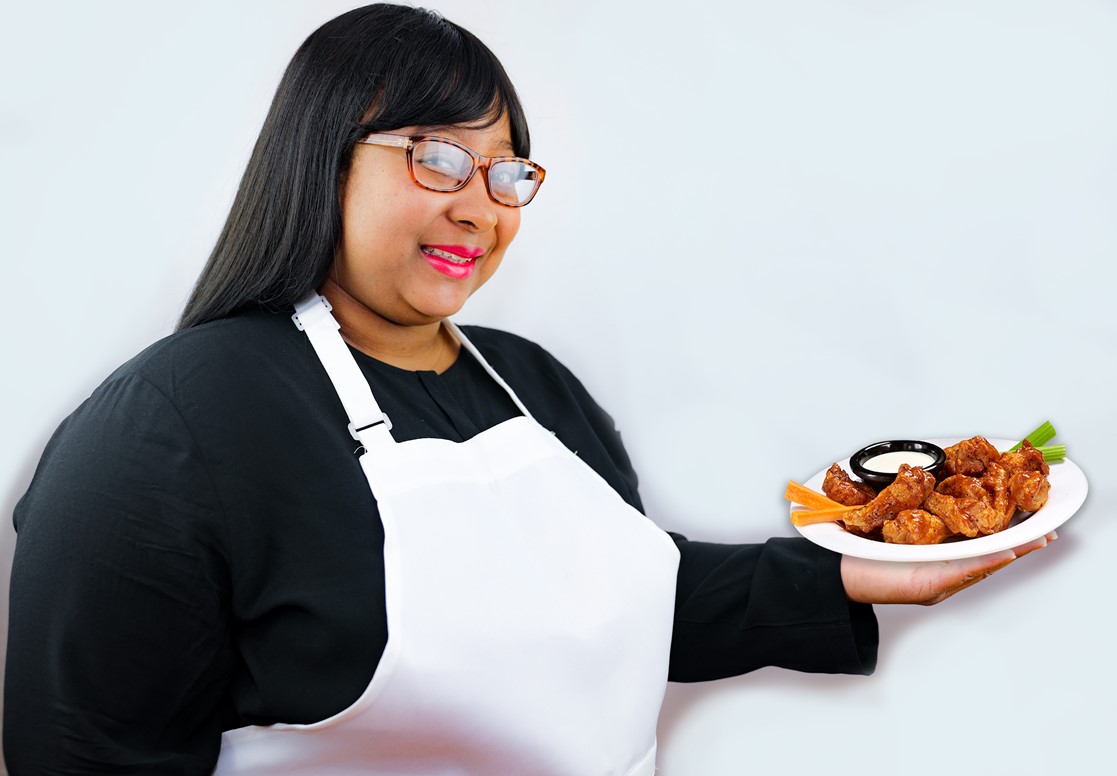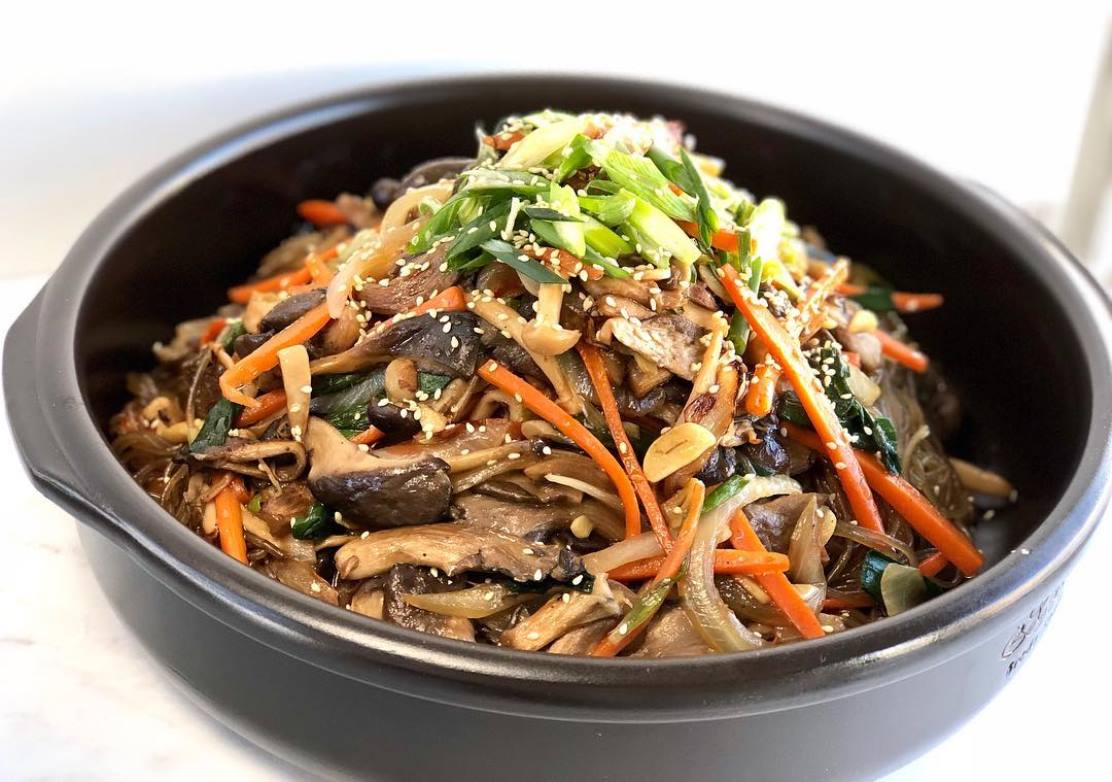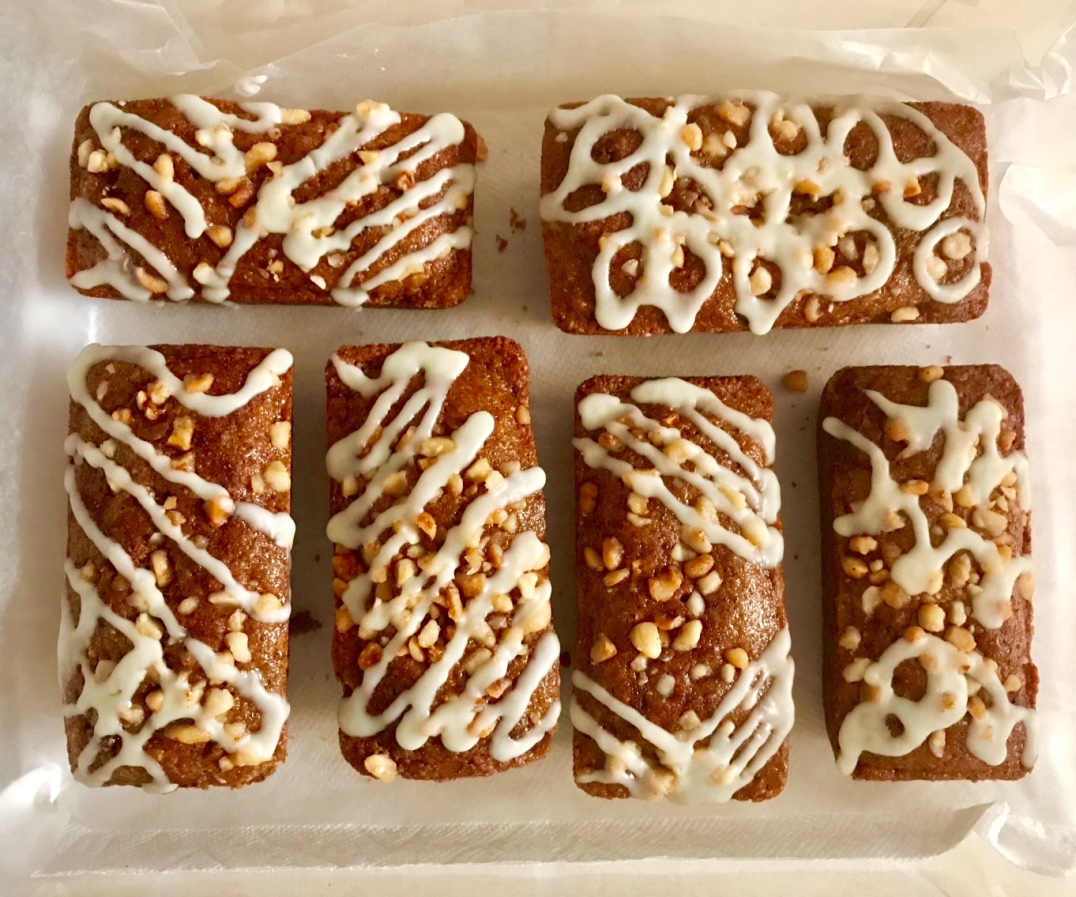Lisa See’s latest novel explores a matrifocal society of haenyeo, female divers on the tiny Korean island of Jeju, which she learned about through a magazine article found in her doctor’s waiting room.
It took See eight years to begin her project on the women of the island, who support their families by diving sixty feet for seafood, but once she did, she became fascinated and compelled to write about them while their culture still exists. During her visit to Jeju, she interviewed some divers who are in their nineties—and still diving. In the past, a woman would retire from diving at age fifty-five, but now the youngest diver is in her fifties.
The most challenging aspect of writing about the divers was building their trust as she asked intimate questions about the dangers of diving, the dynamics of their marriages, and life under Japanese colonialism. Now, See is writing another book that takes a close look at women’s lives. This time, she’s using her great-grandmother’s diary as a jumping-off point to write about “what it means to be a poor, uneducated, white woman in the West” in the late 1800s and early 1900s.
See is known for writing about female friendship, a topic that also weaves its way through The Island of Sea Women. She reminds us that women writers haven’t been getting published for all that long, and as a result, men have written most female relationships in literature.
As she says, “I find it extremely exciting to read about female relationships through the eyes of women and, again, this is still a relatively recent phenomenon. And there’s such range to that, right?...As a writer, I’m drawn to women’s friendship because it’s unlike any other relationship we have in our lives. We will tell a friend something we won’t tell our mothers, our husbands or boyfriends, or our children. This is a particular kind of intimacy, and it can leave us open to the deepest betrayals.” The best depiction of female friendship that See has read is the sisters in Louisa May Alcott’s Little Women.
See’s life has been deeply influenced by libraries: “I can honestly say that I wouldn’t be the woman, mother, or writer I am without libraries.… Some of my earliest memories are of being in the Children’s Room in the main Los Angeles Library…I was about three years old. I couldn’t read yet and my mom was studying, but I could spend hours paging through books.” See moved around frequently when she was a child, but always lived near libraries—until she moved to Topanga Canyon, where a bookmobile came every week, often bringing her a special selection of books. Today, she continues the library tradition. On a recent vacation with her son’s family, the first thing she did was take her grandson to the library to borrow books.
While she’s writing, she doesn’t read fiction—just all the research she can find on her subject. Once she’s finished writing a novel, she reads voraciously, finding a deeper understanding of what it means to be human: “I like to connect to the characters—whether real or imagined. When we do this as readers, we’re thinking about what we would do in that situation. Would I be brave or would I betray someone? Would I fall in love with that person or not? Would I do the right thing or not?”
Some of the women in history who inspire See include Cheng I Sao, a legendary pirate who commanded more than 300 ships and close to 40,000 men, and the members of the Banana Garden Poetry Club—a group of five women writers in 17th-century China. “It’s their philosophy about writing that has made the biggest impact on me,” See explains. “They said writers needed to ‘cut to the bone’ to write. As a daily practice, this is not easy to do, but I do believe that I have to cut to the bone—to my own bones—to try to get to the truth of relationships and emotions in my writing.”
See believes that every female writer is affected at some level by being a woman, since more men than women are published and male writers are paid more than female writers. But she’s also convinced that women writers such as herself have a need to tell women’s stories.
“As a woman, I want to read, hear, and see stories about women, many of which have, until recently, been lost, forgotten, or deliberately covered up.” As for women readers, she’s sure there is no shortage of them: “Women make up half the world. Two-thirds of all novels are now bought by women. Eighty percent of fiction is read by women.”
The Island of Sea Women is out in March and will be available at Queens Library.
Photo of Lisa See by Patricia Williams.

